Understanding Rotator Cuff Injuries and Ayurvedic Approaches for Healing
Understanding Rotator Cuff Injuries and Ayurvedic Approaches for Healing are common musculoskeletal disorders that can cause significant pain and limit mobility. They primarily affect the shoulder and are prevalent among athletes and individuals engaged in repetitive overhead activities. While conventional treatments often focus on pain management and physical therapy, Ayurveda offers a holistic approach that emphasizes balance, natural remedies, and lifestyle modifications. This blog explores rotator cuff injuries, their symptoms, causes, and how Ayurveda can assist in healing and recovery.
What is the Rotator Cuff?

The rotator cuff is a group of four muscles and their associated tendons that stabilize the shoulder joint. These muscles—supraspinatus, infraspinatus, teres minor, and subscapularis—work together to allow a wide range of shoulder movements. Given its role in facilitating both strength and mobility, any injury to the rotator cuff can lead to considerable discomfort and restricted movement.
Symptoms of Rotator Cuff Injuries
Rotator cuff injuries can manifest in several ways, including:
- Pain: This often starts as a dull ache in the shoulder and can worsen with movement or at night.
- Weakness: Difficulty lifting the arm or performing overhead activities.
- Stiffness: Limited range of motion in the shoulder joint.
- Swelling: Inflammation may occur, leading to tenderness around the shoulder.
- Cracking or popping sounds: Sensations during movement may indicate tendon issues.
Causes of Rotator Cuff Injuries
Rotator cuff injuries can result from:
- Acute injuries: Falls or lifting heavy objects can lead to tears.
- Repetitive stress: Frequent overhead movements can cause wear and tear over time.
- Age-related degeneration: As we age, the tendons can become less flexible and more susceptible to injury.
- Postural issues: Poor posture can contribute to shoulder misalignment and increase injury risk.
Ayurvedic Perspective on Injuries
Ayurveda, a traditional Indian system of medicine, views health as a balance of the body, mind, and spirit. It emphasizes the importance of individual constitution (Prakriti) and the balance of the three doshas: Vata, Pitta, and Kapha. In Ayurveda, injuries like those affecting the rotator cuff can be viewed through the lens of these doshas, which govern different bodily functions and attributes.
Understanding Doshas in Relation to Injury
- Vata Dosha: Represents movement and communication. An excess of Vata can lead to dryness and roughness in tissues, which may predispose individuals to injuries.
- Pitta Dosha: Associated with transformation and metabolism. Imbalance in Pitta may lead to inflammation and pain, exacerbating the injury.
- Kapha Dosha: Governs stability and structure. An excess can result in sluggishness, leading to stiffness and limited mobility.
For effective treatment, Ayurvedic practitioners assess the individual’s dosha balance and create a personalized plan that may include herbal remedies, dietary adjustments, and lifestyle changes.
Ayurvedic Treatments for Rotator Cuff Injuries
1. Herbal Remedies
Ayurveda employs a variety of herbs known for their anti-inflammatory and analgesic properties. Some of the commonly used herbs include:
- Turmeric (Curcuma longa): Known for its active compound, curcumin, turmeric has potent anti-inflammatory effects. It can be consumed in powder form or as a tea.
- Ginger (Zingiber officinale): Another powerful anti-inflammatory, ginger can be included in meals or taken as a ginger tea to alleviate pain.
- Ashwagandha (Withania somnifera): This adaptogen supports muscle recovery and reduces stress, which can indirectly help in managing pain.
- Devil’s Claw (Harpagophytum procumbens): Often used to treat pain and inflammation, this herb can be taken as a supplement.
2. Oil Massage (Abhyanga)
In Ayurveda, oil massage is a vital practice for enhancing circulation, reducing pain, and improving flexibility. Using warm oils infused with herbs like sesame or coconut can help relieve muscle tension and promote healing. Regularly massaging the affected shoulder can also improve blood flow, which is essential for recovery.
3. Panchakarma Detoxification
Panchakarma is a detoxification process that helps to balance the doshas and remove toxins from the body. For rotator cuff injuries, therapies like:
- Basti (medicated enema): Helps to cleanse and nourish the body.
- Patra Potalia (herbal poultice therapy): Involves using a warm poultice made of herbs to alleviate pain and inflammation.
These therapies, guided by a qualified Ayurvedic practitioner, can aid in recovery and restore the shoulder’s functionality.
4. Diet and Nutrition
Nutrition plays a crucial role in the healing process. An anti-inflammatory diet can help reduce pain and promote tissue repair. Key dietary recommendations include:
- Increase Omega-3 Fatty Acids: Found in flaxseeds, walnuts, and fish, these fatty acids can help reduce inflammation.
- Consume Antioxidant-Rich Foods: Fruits and vegetables, especially berries, leafy greens, and citrus fruits, provide antioxidants that combat inflammation.
- Stay Hydrated: Proper hydration aids in maintaining joint health and flexibility.
5. Yoga and Gentle Exercise
Yoga is a cornerstone of Ayurvedic practice, promoting physical and mental well-being. Specific yoga poses can enhance shoulder strength, flexibility, and overall body awareness. Poses such as:
- Downward Dog (Adho Mukha Svanasana): Stretches the shoulders and helps in building strength.
- Cobra Pose (Bhujangasana): Strengthens the upper body and improves posture.
- Eagle Arms (Garudasana): Enhances flexibility and relieves tension in the shoulder area.
Practicing these postures gently and mindfully can contribute to recovery and overall shoulder health.
Lifestyle Changes for Prevention and Recovery
- Posture Awareness: Maintaining proper posture, especially while sitting and working, can prevent undue stress on the shoulders.
- Regular Breaks: If your work involves repetitive overhead motions, take regular breaks to reduce strain on the rotator cuff.
- Gradual Increase in Activity: When returning to sports or heavy lifting, gradually increase intensity to avoid re-injury.
- Mindfulness and Stress Management: Practices such as meditation and breathing exercises can reduce stress, which may exacerbate pain and impede recovery.
Conclusion
Rotator cuff injuries can significantly impact one’s quality of life, but with a comprehensive approach combining conventional and Ayurvedic treatments, healing is possible. Ayurveda’s focus on balance, personalized care, and natural remedies provides a holistic framework for recovery. By incorporating herbal remedies, dietary changes, and lifestyle modifications, individuals can foster optimal healing and prevent future injuries.
As always, it is essential to consult a qualified healthcare professional or an Ayurvedic practitioner before starting any new treatment plan. Embracing these holistic practices not only aids in recovery but also promotes overall well-being, ensuring that you can return to your daily activities with renewed strength and vitality.

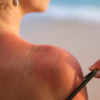

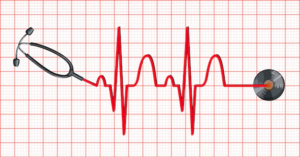
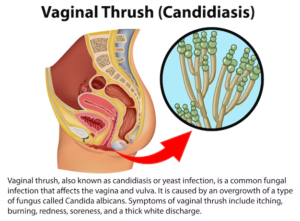
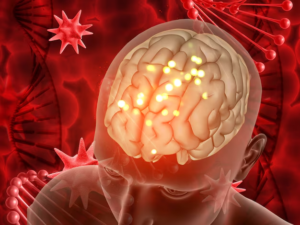
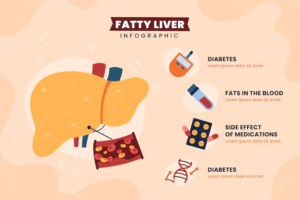
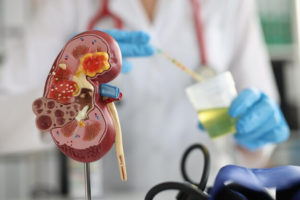
Leave a reply